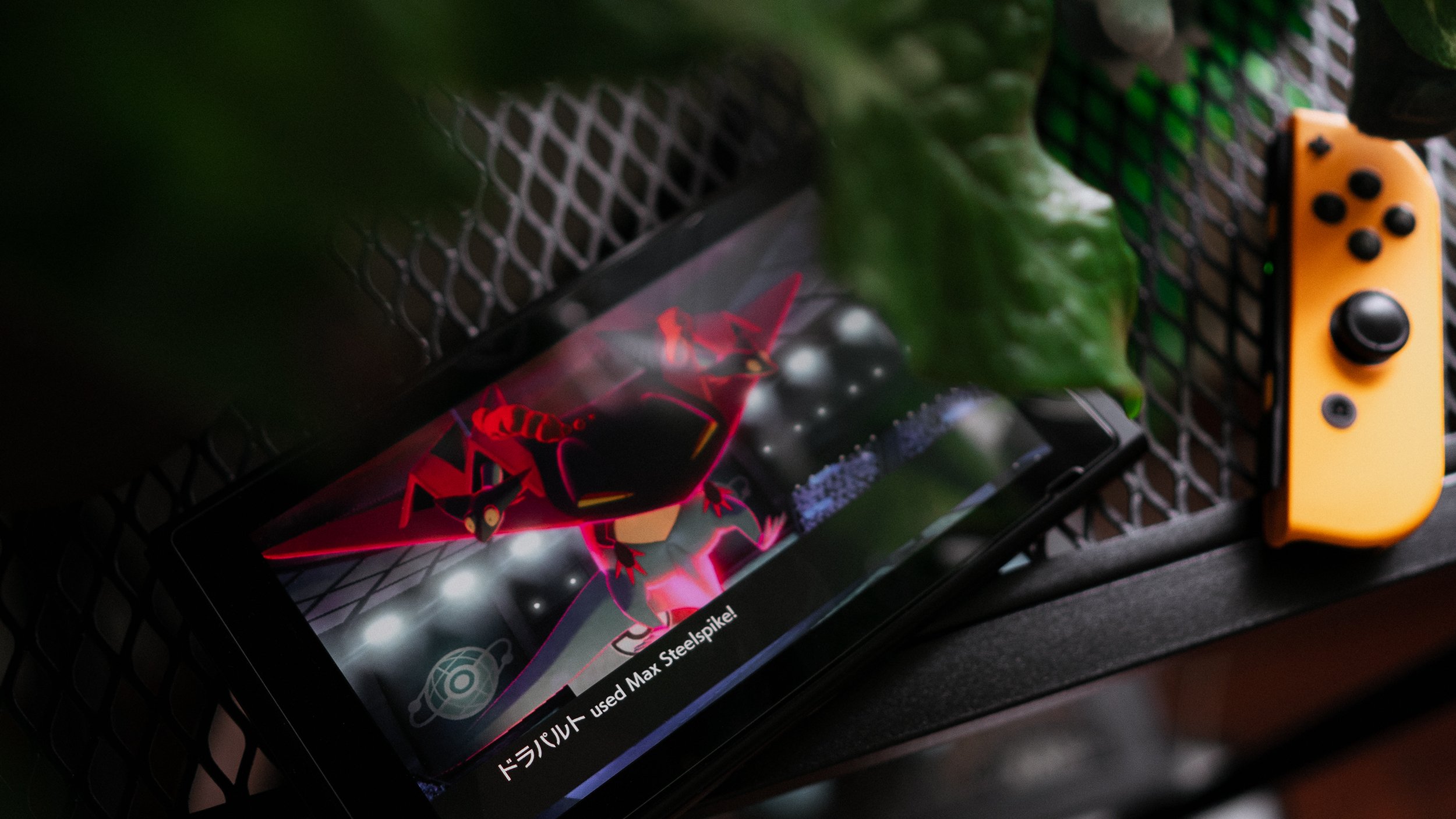
Protect
7min 33sec read
Protect is the most popular move in Double Battles, and for good reason.
Written by Wolfe Glick
Teambuilding / Concrete Building Blocks
What is Protect?
If there were one move that defined VGC in its entirety, it would have to be Protect. Newer players are often surprised to see the prevalence of Protect in VGC - after all, it’s a move that doesn’t actually do anything offensively, and it can’t be used consecutively without high risk of failure.
Let’s use a very basic example - I have a Pikachu and I don’t want to deal with my opponents Onix because there are no sprinklers around and Onix is immune to all my Electric Attacks and threatens to knock out my Pikachu with Ground-type Moves. If this were a Single Battle, Protect wouldn’t do anything for me - I can Protect to stall a turn, but my problems still remain next turn. The Onix is still around and there still are no sprinklers to be seen. But what if this is a Double Battle?
See it in Showdown here.
Well, if this is a Double Battle, things change a bit. Say I have a Bulbasaur next to my Pikachu which can KO the Onix. Onix is still threatening to KO my Pikachu, but now the dynamic is totally different. If Onix wants to attack my Pikachu, it risks being KO’d in return by my Bulbasaur. Now, the Onix player could choose to trade their Onix for my Pikachu if they decide that’s in their favor, but if I choose to Protect my Pikachu, they lose Onix and gain nothing. This creates a mind game centered entirely around Protect and which of the players will choose to use it.
See it in Showdown here.
Why is Protect Important?
As seen in the above example, Protect allows you to control the pace of the game. If a Pokémon of yours is being threatened, you can always Protect it while its partner Pokémon attacks, potentially removing the threat. This makes it so that your opponent isn't always safe to attack you, and adds uncertainty when they go to make their move.
Protect is a defensive tool that is often used for positioning. If you have two Pokémon that you want on the field together but only one of them is currently out, you can Protect it and switch in the other. This lets you navigate to board states that are favorable for you.
Protect also pairs well with supportive Pokémon, many of which are bulky. Protect allows you to shield an offensive damage dealer while you bring in the proper support for it (Fake Out, Intimidate, Follow Me/Rage Powder, Tailwind, etc.)– being able to keep your high damage output Pokémon safe is a really valuable asset. The longer they survive, the more damage they can deal.
Protect allows you to waste turns where your opponent would otherwise have an advantage. There are many effects used in competitive Pokémon that have a set number of turns (Trick Room, Tailwind, Weather, Terrain, Dynamax, etc). If an opponent sets Tailwind turn 1, they would normally have 4 total turns to make use of its effect. But, if both Pokémon on your side of the field have Protect, you can completely nullify two of those turns by Protecting both of your Pokémon.
EXAMPLE
In this replay, we can see that despite the opponent technically having Tailwind up for four turns, there was only one turn where they were actually able to use its effects. Without Protect, it would be much harder to slow the momentum down to stall out the Tailwind.
See it in Showdown here.
In short, Protect is a positional tool that allows you to keep your options open. More than that, it makes decisions harder for your opponent - attacking into a Pokémon using Protect will most often be a “wasted” move. However, you never know if a Pokémon is actually going to Protect until it does– so your opponent can't safely ignore your Pokémon.
Which Pokémon Need Protect?
Most Pokémon in VGC will carry Protect. It’s worth noting that not every Pokémon needs to run Protect, and some Pokémon make much better use of it than others. Pokémon that are extremely bulky (such as dedicated Trick Room setters) often opt not to run Protect, as do most Pokémon holding a Choice item. Occasionally, an extremely offensive Pokémon will opt not to run Protect in favor of more coverage moves, but this is pretty risky. In a Dynamax format, some offensive Pokémon opt to use a different status move in their 4th slot as all status moves turn into Max Guard when Dynamaxed. How good and how necessary Protect is depends on the format– as a very general rule I typically aim to have four of my six Pokémon with a Protecting move, but this is very loose and not something that should be set in stone.
Pokémon that are supportive in some regard also sometimes opt not to run Protect. This often includes Pokémon with moves such as Fake Out or Pokémon with both Light Screen and Reflect. These moves often serve as a sort of pseudo-protect: Fake Out allows you to nullify an opponent the first turn your Pokémon is in battle, and Dual Screens (Reflect + Light Screen) provide significant damage reduction. Additionally, by running Pokémon with the aforementioned moves, you only have two or three moves remaining– and adding another defensive move (Protect) can sometimes result in a Pokémon that can simply be ignored and not have any presence. Therefore, on a support Pokémon that is already defensively inclined, Protect is sometimes dropped.
EXAMPLE
In the 2012 format, Cresselia almost never ran Protect. This is in part due to how useful Cresselia's movepool was (it could almost always be doing something to support the team), and also in part due to how incredibly bulky it was. The main way of removing Cresselia from play was to hit it with multiple strong attacks over time - if a Cresselia went down after three attacks, that would be considered way faster than average. Because of this, Cresselia was often better off supporting its teammates than mitigating the damage it took.
In more recent formats, Dusclops and Porygon2 often don’t run protect. They each have not only exceptional bulk and not many weaknesses, but also recovery moves in Pain Split and Recover respectively. Dusclops has the additional benefit of being immune to Fake Out. These Pokemon are also able to forego Protect thanks to their staying power and supportive options.
Certain teams make better use of Protect than others. If a team plays more aggressively and aims to overwhelm the opponent with offense, additional offensive moves may be better suited for that team instead of Protect. However, a team that is more defensively oriented and requires lots of switching and positioning can get more use out of Protect.
When deciding whether or not to run Protect on one of your Pokémon, there's a few things to consider:
Think about how much damage your Pokémon will be taking on average - if it’s 50% or more from a chunk of the metagame, that’s a very good reason to run Protect. This also explains why extremely bulky Pokémon such as Cresselia, Dusclops, and Porygon2 can justify not using Protect.
You should also weigh what the next best alternative is for dropping Protect from your moveset. If you're weighing Protect versus another offensive coverage move, consider how long you’ll be able to survive without Protect. Extra coverage isn’t especially useful if your Pokémon has already fainted.
Bulky Pokémon can opt to run recovery moves instead of Protect. If you’re taking less than 50% from most attacks, this may be a good alternative.
Wrapping Up
Protect is one of the most fundamental parts of VGC battling. There’s no hard and fast rules when it comes to using Protect, but it’s one of the best moves in the game and in my opinion you need a really good reason to not use it on a Pokémon. If you’re unsure whether a Pokémon on your team needs Protect, play some games without it and see how much you miss it. As you get more experience with VGC you’ll start to develop your own sense of which Pokémon need Protect and which can afford to drop it. Don’t be afraid to experiment to get a feel for what you like!

